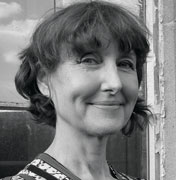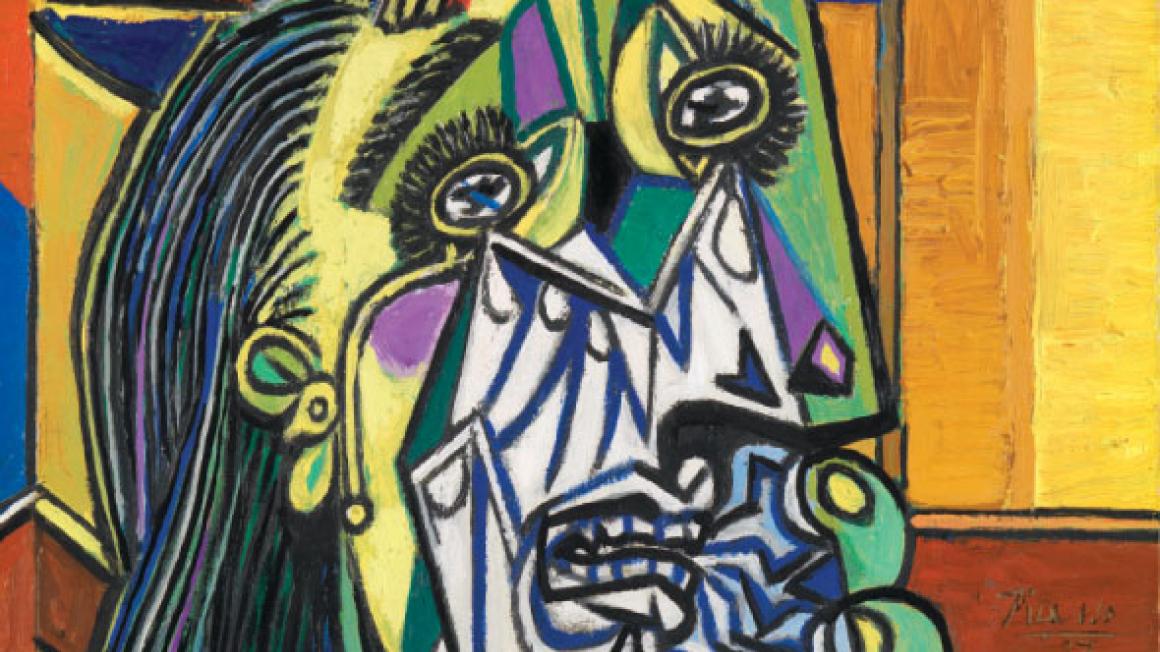CONSCIENCE AND CONFLICT: BRITISH ARTISTS AND THE SPANISH CIVIL WAR
 To mark the 75th anniversary of the end of the Spanish Civil War (1936-39), Pallant House Gallery in Chichester has mounted this thoughtful exhibition. Paintings and drawings of refugees and war-torn landscapes, protest banners and posters urging action and aid, photographs and video footage together show how British artists responded to the confl ict, and the clarity of the two sides drawn along ideological lines of fascist Right and socialist/communist Left.
To mark the 75th anniversary of the end of the Spanish Civil War (1936-39), Pallant House Gallery in Chichester has mounted this thoughtful exhibition. Paintings and drawings of refugees and war-torn landscapes, protest banners and posters urging action and aid, photographs and video footage together show how British artists responded to the confl ict, and the clarity of the two sides drawn along ideological lines of fascist Right and socialist/communist Left. The paintings of John Armstrong are my favourites. He depicts civilian homes as though they are wounded soldiers, their facades torn away, their roofs off , tattered wallpaper fragments shaped like dying doves floating to the ground. These are no battlegrounds, these are ruined domestic settings cunningly anthropomorphised.
There’s no escaping the fact that Picasso’s Guernica has been the dominant memorial for the barbarity of the Spanish Civil War, and included here is its companion piece, Weeping Woman. Dora Maar, Picasso’s mistress, is a portrait of suffering, her splintered, stained-glass face lacerated by tears, her hands stuffing a handkerchief into her mouth to stifle a scream. In such works, Picasso demonstrated to British artists that pain, grief and torment are better conveyed through the language of abstraction.
Several thousand volunteers from Great Britain went to Spain to fight on behalf of the Republicans; Laurie Lee was not alone in recognising this war’s signifi cance.
Poignantly, some never came back. Vanessa Bell urged her son, Julian, not to sign up to the International Brigade but her advice was ignored and Julian was killed driving an ambulance. Felicia Browne died before she could fulfil her artistic potential at the age of 32; Jason Gurney’s career as a sculptor was ended when a bullet struck his hand.
These were artists who believed in a cause larger than themselves, their work an expression of an ideological position in relation to world events, and a willingness to defend their beliefs that extended even to direct action. It is not often found today.
Until 15 February at Pallant House Gallery, Chichester: 01243-774557, www.pallant.org.uk
From 7 March to 7 June at Laing Art Gallery, Newcastle upon Tyne: 0191-232 7734, www.twmuseums.org.uk


